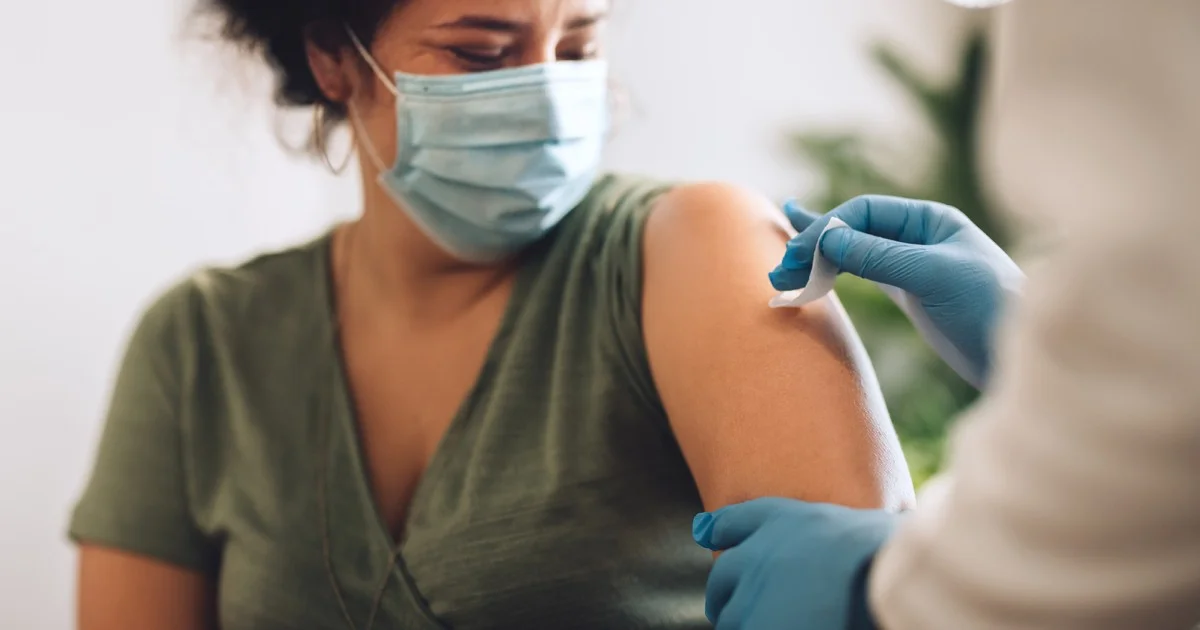A recent study conducted by the Kaiser Family Foundation (KFF) sheds light on the diverse attitudes of American adults toward receiving updated COVID-19 vaccinations. The findings, part of the ongoing Covid-19 Vaccine Monitoring poll, offer valuable insights into the potential acceptance of these booster shots in the United States.
According to the survey, approximately 25% of American adults have expressed a firm intention to receive the updated COVID-19 vaccine, while an additional 25% are leaning toward getting the shot.
These findings come amid efforts to promote booster vaccinations to combat the latest variants of the virus, coinciding with a resurgence in infections, hospitalizations, and fatalities.
Dr. William Schaffner, an infectious disease expert at Vanderbilt University, commented on the survey results, expressing optimism about the middle group of respondents—those who haven’t made a definitive decision yet. This group, comprising around 40% of the population, has the potential to be swayed to receive the vaccine with effective communication. However, they also remain susceptible to barriers such as insurance issues and vaccine supply constraints, challenges that have previously hindered vaccination efforts.
Interestingly, the survey also highlighted hesitancy regarding the new vaccines for children. Only about 40% of parents indicated their intention to vaccinate their children and teenagers.
Despite the importance of these booster shots, only 17% of Americans have received them. This figure, while lower than the initial vaccine uptake in 2020, is higher than the acceptance rate of previous booster shots.
Demographic factors played a significant role in vaccine intent, with individuals aged 65 and older displaying a greater willingness to get the new shots. However, it’s worth noting that 37% of those who had previously received a COVID-19 vaccine indicated that they probably or definitely won’t get the updated version.
Dr. Peter Hotez, a vaccine expert, emphasized that a lack of awareness about the necessity of these booster shots is contributing to lower acceptance rates. There’s widespread confusion about why this booster differs from the previous one and why it’s essential for targeting new variants. Additionally, the message that even previously vaccinated individuals are still at risk of hospitalization without a booster hasn’t reached everyone.
The initial challenges of the fall vaccination campaign have also contributed to hesitancy, and concerted efforts are being made to address these issues. However, there’s a growing concern about potentially alienating a significant portion of the population who are otherwise committed to vaccination efforts.
As the nation grapples with these complex dynamics, effective communication and outreach strategies remain pivotal in ensuring broad acceptance of booster shots and continued progress in the fight against COVID-19.




